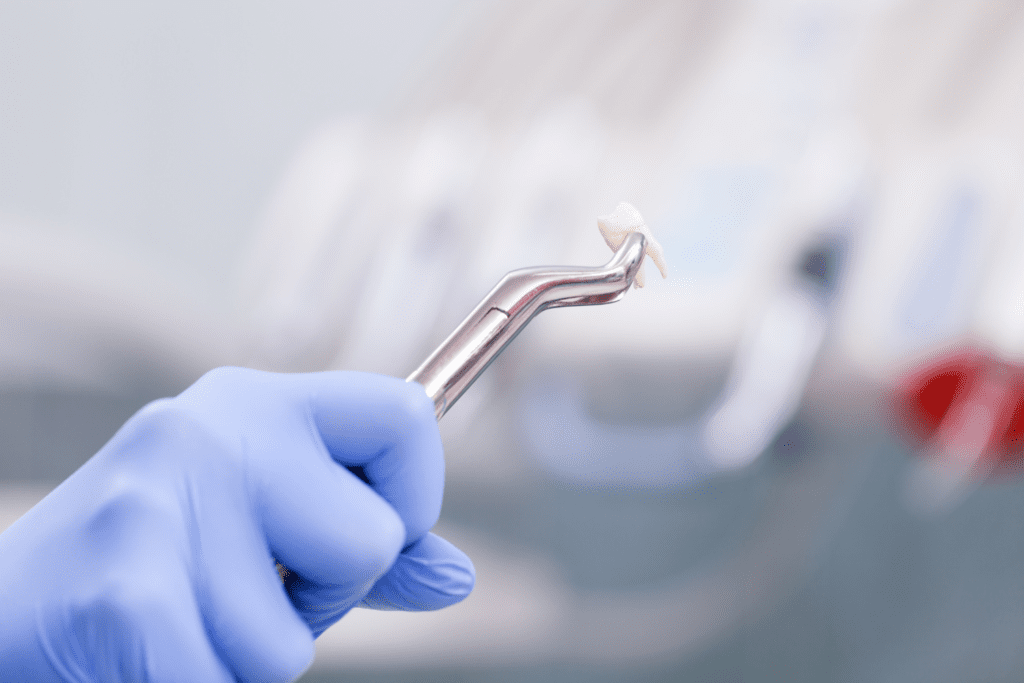Jaw Surgery
Treating jaw position, aesthetics and disorders
What is Jaw Surgery?
Jaw surgery, also known as orthognathic surgery, is often required to treat the misalignment or improper positioning of the upper and lower jaws, affecting tooth occlusion and bite. In addition, jaw surgery may also be needed to treat various disorders of the jaw joints. So, jaw surgery may be required for multiple reasons – for orthodontic treatment, aesthetic purposes, and to treat jaw disorders.
How Long does Jaw Surgery Take?
The duration of the jaw surgery procedure depends on the underlying issue. For example, if only the surgery of the upper or lower jaw is needed, the procedure may be completed within 1-2 hours. On the other hand, if oral surgery of both the jaws is required, the procedure may be prolonged and may take up to 3-4 hours for completion. But, no need to worry; you will be under the effect of anaesthesia, and you won’t feel pain or remember the events of the procedure.
Management and Treatment of Temporomandibular (TMJ) Disorders
Temporomandibular joint disorders (TMDs) are a group of conditions that affect the normal functioning of the jaw joints. Research has shown that over 5-12% of the global adult population suffers from different forms of TMDs. But, the good news is that TMDs are preventable and can be managed effectively if treatment is sought timely. So, if you or a loved one is having problems with jaw joint mobility, it is best to consult an oral surgeon for expert advice.
Get started today...
TMJ Disorders - Symptoms and Causes?
The most common cause of TMJ disorders is tooth misalignment. When teeth are not aligned properly, they exert pressure on the jaw joints, even when the mouth is closed. As a result, the jaw joints get damaged over time, causing pain and difficulty in eating and speaking. Another reason for TMJ disorders is parafunctional habits, such as teeth grinding, nail-biting, and tongue thrusting. Besides, an accidental injury to the head or face may also alter the bite causing TMDs.
According to the National Health Service (NHS), common symptoms of TMJ disorders include:
- Pain around the jaws, ears, or the temple region
- Difficult or limited mouth opening
- Headaches
- Difficulty in eating or speaking
- Clicking or popping sounds on jaw movement
- Jaw locking or dislocation during mouth opening or closing
TMJ Disorders - Diagnosis and Treatment
If you or a loved one has any of the symptoms mentioned above, you should consult an oral surgeon without delay. Your specialist oral surgeon will thoroughly examine your oral cavity, head, and neck to diagnose the underlying issue. They may also use x-ray, CT, or MRI imaging to confirm their diagnosis.
The management of TMJ disorders mainly depends on the underlying cause. For example, your dentist will restore the damaged teeth if the TMD stems from a bad bite. On the other hand, if the problem is due to poor alignment between the jaws, your specialist oral surgeon may consider orthognathic surgery to treat the issue. Finally, if the problem is due to parafunctional habits, the patient will be counselled to overcome the problem-causing habit.
What Is the Best Way To Cure Temporomandibular Joint Disorder?
The most effective option for managing TMJ disorders is prevention and rest. Eating a soft diet and preventing excessive stress on the joints allows for quick recovery and healing. For more complicated issues involving the bite, your dentist may prescribe splints, which help in correcting the relative position of the jaws. Finally, if the problem cannot be solved non-surgically, your dentist may consider TMJ surgery.
What Are the Main Causes Of Facial Pain?

Facial pain can be caused due to a variety of reasons. Some of the common causes of orofacial pain include:
- Migraine headaches
- Muscle spasms around the face or neck
- A complication of oral surgery
- Infected or missing teeth
- Uneven bite
- TMJ disorders
- Gum disease
- Facial injury
- Nerve damage in the facial region
- Teeth grinding
What is Trigeminal Neuralgia?
According to the British Society of Oral and Maxillofacial Surgeons, trigeminal neuralgia is extremely severe facial pain that occurs unpredictably in sudden, shock-like attacks. This pain is caused by the malfunction or periodic sensory pain signals generated by the fifth cranial nerve, also known as the trigeminal nerve. Trigeminal neuralgia affects women more than men and is more prevalent in older individuals (> 50 years of age).
What Are The Symptoms Associated with Trigeminal Neuralgia?
The primary symptom of trigeminal neuralgia is sudden attacks of severe, shooting, sharp pain in the facial region that lasts between a few seconds to about 2 minutes. In some cases, the pain attack is so severe that one is unable to do anything during that period.
What Is Considered a Complex Tooth Extraction?
Complex tooth extraction is one where your dentist has to employ surgical intervention to remove a tooth. For example, teeth are extracted typically using forceps and a few other surgical instruments. However, if a tooth gets cracked, or there is not enough tooth structure available to remove it using forceps or elevators, your oral surgeon will perform a surgical or complex tooth extraction. In a surgical tooth extraction, your dentist will expose a gum flap and remove the bone tissue surrounding the tooth, which allows them to gain better access to the tooth structure. Sometimes, a tooth is sectioned into halves to facilitate its removal. Stitches are needed to re-attach the soft tissues over the socket after the surgery.

Why Is Wisdom Tooth Extraction Complex Most of the Time?
In contrast to their name, wisdom teeth are notorious for causing eruption problems. For example, wisdom teeth are commonly associated with impactions, a condition where a tooth is either entirely or partially unerupted. As a result, wisdom teeth often require complex tooth extractions as they are commonly impacted, and there is not sufficient surface area available to extract them. Hence, the term “wisdom tooth surgery.”
Does Tooth Alignment Change After Tooth Extraction?
Yes, once a tooth is removed, the opposite tooth and the teeth beside it start to move into the gap. As a result, not only are spaces created between the teeth, but the opposing tooth starts “over-erupt” and ultimately falls off. That is why dentists recommend that missing teeth be replaced immediately to prevent unwanted tooth alignment changes.
What Are the Side Effects of A Tooth Extraction?
Tooth extraction has no significant drawbacks, provided it is performed by an experienced oral surgeon. It is common to experience slight pain, discomfort, and swelling after tooth extraction. However, these symptoms usually go away within a few days.
A complication of dental extractions could be when a missing tooth is not replaced after its removal. In this case, the alignment of the remaining teeth is affected and may also affect facial aesthetics and smile.








